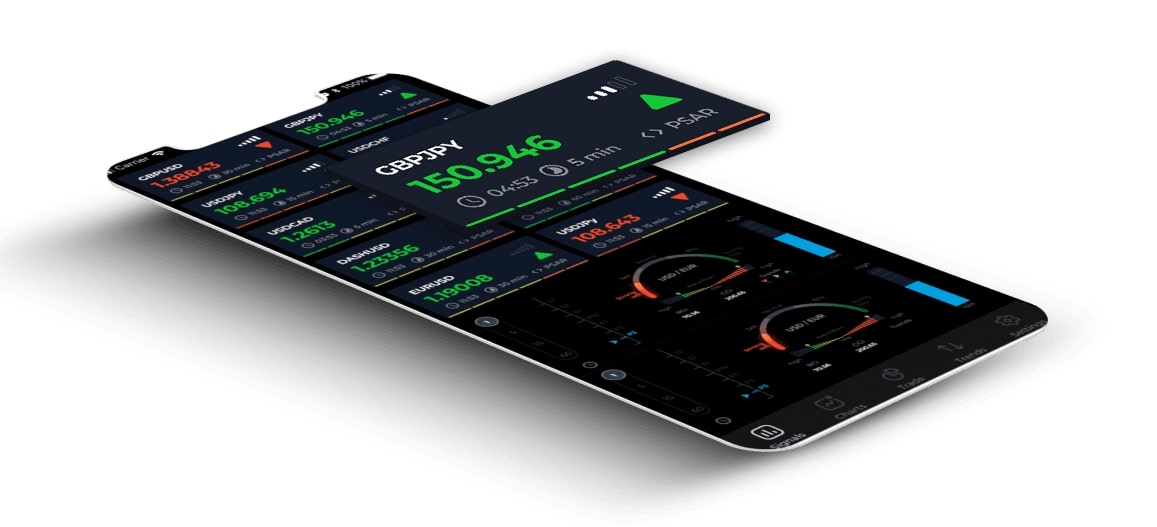Binary options trading has gained popularity as an accessible and straightforward method for engaging in financial markets. However, its simplicity can be deceptive, and traders must understand the intricacies to navigate this form of trading successfully. This article provides a comprehensive guide to binary options trading, covering its basics, strategies, benefits, risks, and regulatory environment.
What Are Binary Options?
Binary options are a type of financial derivative that allow traders to speculate on the price movement of various assets, including stocks, commodities, currencies, and indices. The term “binary” refers to the two possible outcomes of the trade: either a fixed monetary gain or a total loss. Essentially, traders bet on whether the price of the underlying asset will be above or below a specified price at a certain time.
Key Features of Binary Options
- All-or-Nothing Payout: Traders receive a predetermined payout if their prediction is correct. If incorrect, they lose the investment.
- Fixed Expiry Time: Each binary option has a fixed expiration time, ranging from a few minutes to several months.
- Simple Mechanics: Unlike traditional trading, binary options only require predicting the direction of the price movement, not the magnitude.
How Binary Options Work
- Choose an Asset: Traders select an underlying asset, such as a stock, commodity, currency pair, or index.
- Select the Expiration Time: Traders choose the time at which the option will expire.
- Determine the Trade Amount: Traders decide how much money they want to invest in the trade.
- Make a Prediction: Traders predict whether the price of the asset will be above (call option) or below (put option) the current price at the expiration time.
- Execute the Trade: If the prediction is correct at expiration, the trader receives a fixed payout. If incorrect, the trader loses the invested amount.
Strategies for Binary Options Trading
- Trend Following: Traders analyze market trends and make trades that align with the prevailing direction. Tools such as moving averages and trend lines can assist in identifying trends.
- Range Trading: This strategy involves identifying levels of support and resistance. Traders make predictions based on the asset’s price staying within a defined range.
- News-Based Trading: Economic events and news releases can significantly impact asset prices. Traders monitor news that might influence the asset they are trading.
- Technical Analysis: Utilizing chart patterns, indicators, and oscillators, traders attempt to predict future price movements based on historical data.
- Fundamental Analysis: By examining an asset’s intrinsic value through financial statements, economic indicators, and industry conditions, traders make informed decisions.
Benefits of Binary Options Trading
- Simplicity: The straightforward nature of binary options makes them accessible to novice traders.
- Controlled Risk: Traders know the potential loss or gain upfront, allowing for better risk management.
- Variety of Assets: Traders can access a broad range of assets, providing ample opportunities for diversification.
- Short-Term Trading Opportunities: Binary options allow for short-term trading, with expiration times as short as a minute.
Risks of Binary Options Trading
- High Risk: The all-or-nothing nature can lead to significant losses, especially if traders lack proper strategies or risk management.
- Lack of Regulation: Some binary options brokers operate in jurisdictions with limited regulatory oversight, increasing the risk of fraud.
- Market Volatility: The financial markets can be highly volatile, making price movements difficult to predict.
- Addictive Nature: The quick turnaround of binary options can lead to impulsive trading and potential addiction.
Regulatory Environment
The regulatory environment for binary options varies widely across the globe. In some regions, binary options trading is heavily regulated or even banned due to concerns about fraud and high-risk nature.
- United States: The Commodity Futures Trading Commission (CFTC) oversees binary options trading, and only exchanges approved by the CFTC can offer these options.
- European Union: The European Securities and Markets Authority (ESMA) has implemented restrictions on binary options to protect retail investors. Many EU countries have banned the marketing, distribution, or sale of binary options to retail clients.
- Australia: The Australian Securities and Investments Commission (ASIC) also restricts the offering of binary options to retail clients.
- Other Regions: Countries like Canada and Israel have outright bans on binary options trading for retail clients.
Selecting a Binary Options Broker
Choosing a reputable broker is crucial for successful binary options trading. Consider the following factors when selecting a broker:
- Regulation: Ensure the broker is regulated by a recognized financial authority.
- Trading Platform: The platform should be user-friendly, reliable, and offer a range of tools for analysis.
- Payouts and Fees: Compare payout rates and understand the fee structure.
- Customer Support: Quality customer support can assist with any issues or questions.
- Educational Resources: A broker that offers educational materials can be beneficial, especially for novice traders.
Conclusion
Binary options trading can be an enticing avenue for those looking to engage in financial markets with limited capital. However, the simplicity of the trading mechanism should not overshadow the significant risks involved. A thorough understanding of market analysis, sound risk management strategies, and choosing a reputable broker are critical to navigating binary options successfully. Traders should remain aware of the regulatory landscape and consider the potential pitfalls before committing their capital.
